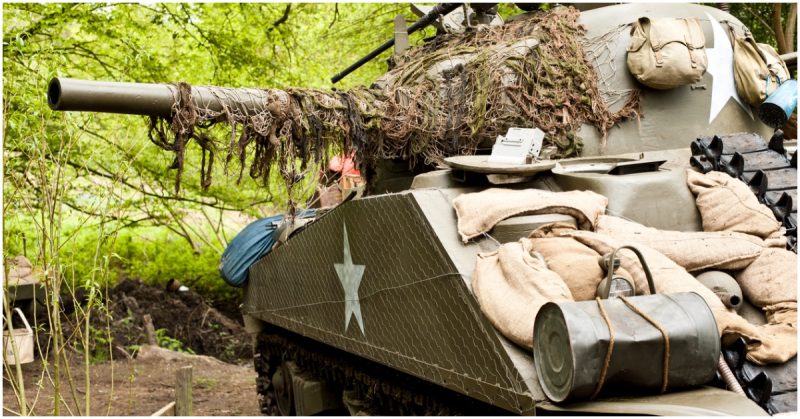The landings in Normandy were a major shock for the Allies even though Operation Overlord, which was the code name for the invasion, was thoroughly planned and well executed. But, once the Allied troops were on French soil, the real struggle began. German troops were still a formidable force and their armored divisions which included tanks like the Tiger and the Panther presented a nightmare for American Shermans and British Cromwells, Churchills, and Crusaders.
So, the Allied advance through France and the success of the second European front largely depended on well-coordinated strategic operations between the British, American and Canadian armies. Between August, 12th and August 21st, the battle of Falaise Pocket took place, which proved to be one of the final turning points of the war and basically sealed the fate of the German Army in France.
1. Operation Cobra
The First United States Army under the command of General Omar Bradley initiated an offensive codenamed Operation Cobra in the last days of July 1944. The Allies had already secured a foothold in Normandy and supply routes were established in order to support a further advance.
Operation Cobra was intended to break the front at Saint-Lo in Normandy, by striking a decisive blow to the German defenses which kept pulling back into France.
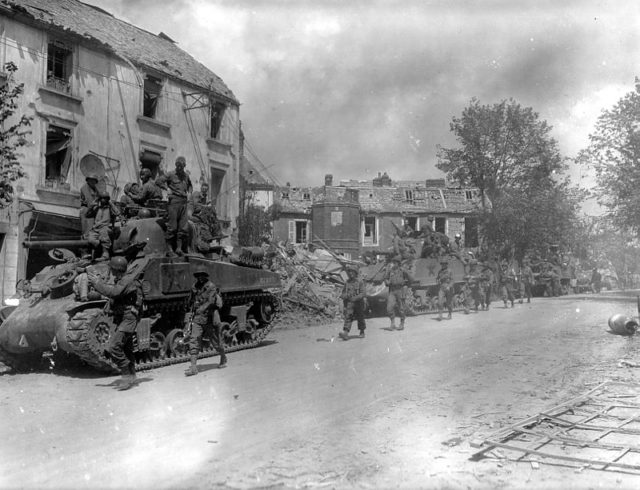
Once the frontline was pierced, the German defenses started to crumble. Operation Cobra established a clear shift from the high-intensity infantry (often urban) combat into rapid maneuver warfare which coordinated large tank groups and aerial support. This was a prelude to the creation of the Falaise Pocket.
2. Operation Luttich
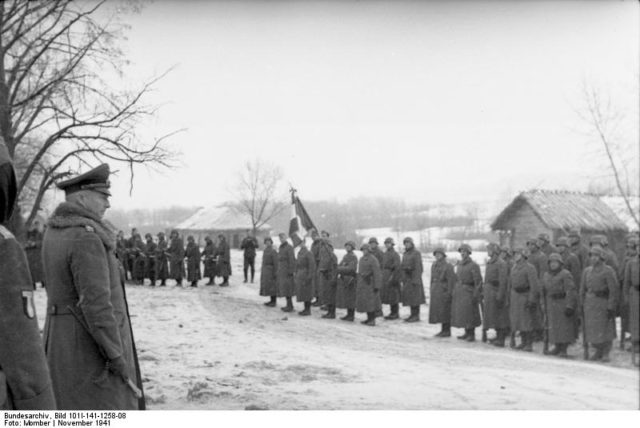
Field Marshal Günther von Kluge of the German Army Group B, was given clear but unrealistic orders to stage a counter-attack head on. Hitler insisted that the Allied presence in France be completely wiped out. But after Operation Cobra, German troops were scattered, low both on morale and supplies and, as the British historian Max Hastings had put it, so reduced that “only a few SS fanatics still entertained hopes of avoiding defeat”.
Nevertheless, von Kluge initiated the offensive codenamed Operation Luttich. Luttich is the German name for the city of Liege in Belgium, where the Germans achieved an important victory during the First World War. The name was supposed to inspire, but the German officers strongly protested and addressed both Von Kluge and Hitler against the counter-attack, as they didn’t see the mission to be anything more than suicide. On 7th of August, Operation Luttich was initiated. The battles were mostly held near the town of Mortain in north-western France. Even though the battles lasted for six days, German troops suffered far more casualties than the Americans, and the counter-offensive proved to be a complete failure.
3. Operation Totalize
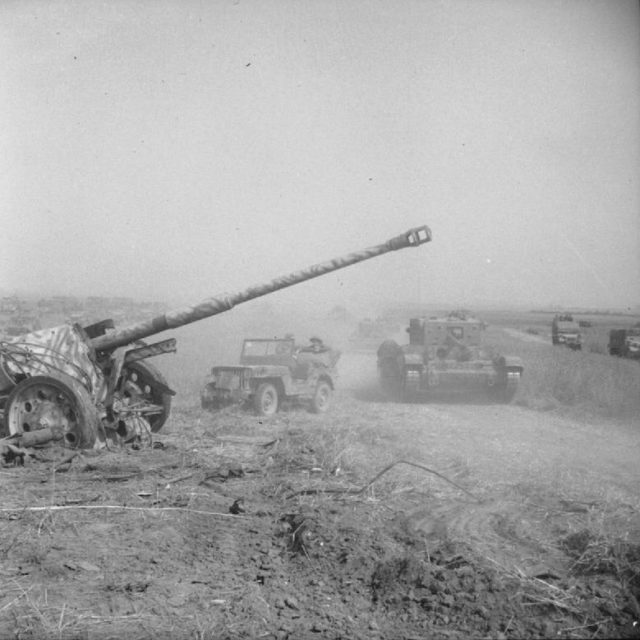
Apart from the American advance, the British and Canadians also had a successful series of operations. In order to press the German defenses south of the town of Caen, the First Canadian Army together with the First Polish Armored Division launched Operation Totalize. The plan was to drive the German troops, which were now assembled mostly of remnants of different divisions further south, towards the city of Falaise, where they would cut them off, while the US and British troops advanced from west and northwest, respectively.
The Canadians combined heavy duty bombing actions with night raids using motorized infantry which were intended to wear down the German defense lines in preparations for a final push. Despite heavy casualties on the Canadian side, which were a result of poor and indecisive leadership, the operation was deemed successful, as the Germans were forced to flee further south.
4. The Forming of the Encirclement
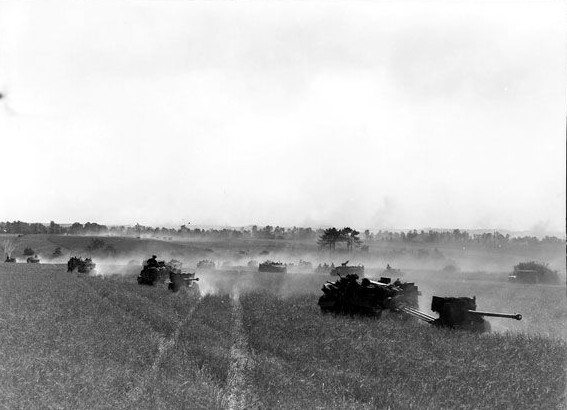
During Operation Totalize the Allied Commander of Ground Forces, Bernard Montgomery, suggested an envelopment tactic to be conducted in the area around the French town of Falaise. The plan was that the British and Canadian troops strike left from Falaise toward the River Seine while the U.S. Third Army blocked the escape route between the Seine and Loire rivers, trapping all surviving German forces in western France.
In a discussion with General Eisenhower, the Supreme Allied Commander, Montgomery accepted his proposal to let the US troops create a shorter envelopment by capturing the town of Argentan, just south of Falaise. The idea was to close the Germans in an area between Falaise and Argentan.
5. Operation Tractable
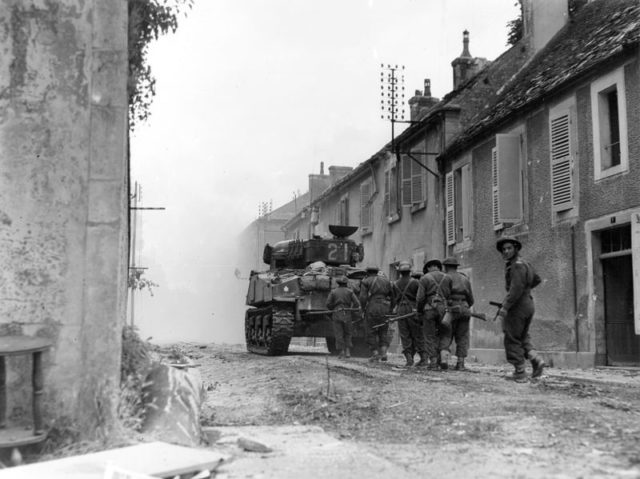
Operation Tractable, conducted by joint forces of Canada and Poland together with one brigade of British tanks, was the first stage of the creation of the Falaise Pocket. The Allies made a significant push towards the town of Falaise, while the US Third Army captured Alencon and Argentan. The battle was on. The Allies were closing in, and the Germans slowly felt the trap. Suddenly, despite General Patton’s orders to continue to push the Germans further into the pocket by staging attacks from Argentan, the 5th U.S. Armored Division was ordered by Bradley to withdraw from the town several kilometers back. This widened the noose around the Germans and left a gap which enabled thousands of German soldiers to slip out of the encirclement and retreat to safety.
The Canadian First Army and the Polish 1st Armored Division were ordered to step in. The Canadians used a thick smokescreen in order to mimic their night raids which were very successful, but it proved to cause more harm than good. The visibility was low, and it made navigation difficult. In addition to that, some Canadian units used yellow smoke to identify their positions to the bombers, but the yellow smoke was intended to identify targets. Thus, friendly fire occurred when the Allied aircraft dropped bombs on Canadian positions. The confusion and havoc among the Canadian troops enabled the Germans to organize reinforcements ― Tiger tanks of the SS-Panzer Abteilung that helped Germans even the odds a bit.
The progress was slow but imminent. Besides from Falaise, the Allies captured two more villages ― Trun and Soulangy. In addition to that, the Americans captured Chambois, southwest of Falaise, so conditions for a new encirclement were thus created.
6. The Noose Tightens
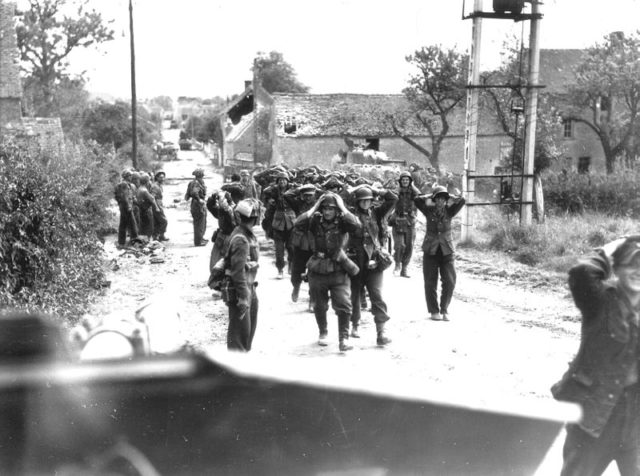
On 17th of August, the Canadian, Polish, British and American troops managed to develop an incomplete encirclement inside which were more than 150,000 German soldiers. During Operation Tractable, von Kluge was relieved from his position after he refused to stage yet another counterattack in order to disrupt the envelopment. Apart from that, von Kluge was suspected to be involved in the July 20th plot to kill Hitler, and was thus replaced by Fieldmarshall Walter Model, the Fuhrers trusted the expert on desperate defense battles.
The envelopment line was broken at St. Lambert by the 2nd Panzer Divison, which managed to provide a substantial gap through which thousands of soldiers escaped. The encirclement was broken during the day in several other places, enabling more than 10,000 German soldiers to avoid death or capture by the Allies at the Falaise Pocket. The Germans inside the pocket were still staging bloody counter-attacks, probing the Allied defenses, while the noose around their neck started to tighten.
7. The Last German Attempt to Break the Encirclement
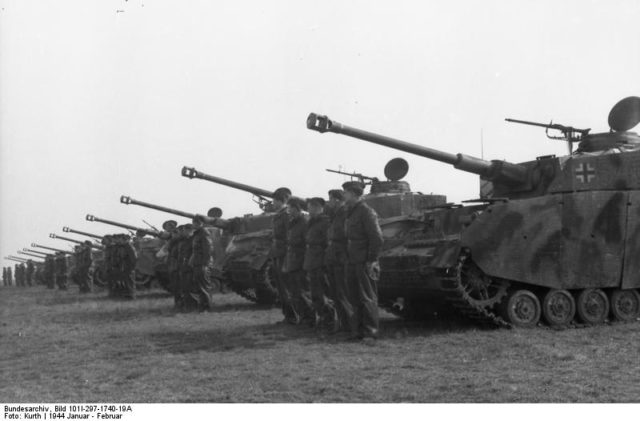
The Poles held the north-eastern part of the pocket, which made them vulnerable to attacks outside the pocket by elements of German armor which were intended to assist the breaking of the encirclement and rescuing the soldiers trapped inside. Model used the 2nd SS Panzer Division and 9th SS Panzer Division in a coordinated attack on 20th of August. Both the troops outside and inside the pocket charged the Polish positions. The Poles were dug in and ready. Disastrous hand to hand and close quarters combat followed as the Germans were keen on overrunning the Poles. It was 1939 payback time, and the Polish troops managed to withstand a series of counter-attacks at the cost of nearly all of their ammunition.
Artillery barrages were fired continuously on the retreating German troops which caused additional casualties. The German fighting spirit was gone. The soldiers under Model’s command were incapable of staging any more counter-attacks.
8. Battle Analysis
![German counterattacks against Canadian-Polish positions on 20 August, 1944; By EyeSerene - Own work by uploader. Based onCopp, Terry (2004) [2003] Fields of Fire: The Canadians in Normandy, Toronto: University of Toronto Press ISBN: 0-80203-780-1. OCLC: 56329119.August 20th: the counter-attack of 2nd SS-PanzerKorps. Mémorial de Coudehard-Montormel (memorial-montormel.org). Retrieved on 2010-07-16.Additional information incorporated from sourced descriptive text at Hill 262 at en.wikipedia.org, GFDL, https://commons.wikimedia.org/w/index.php?curid=10896384](https://www.warhistoryonline.com/wp-content/uploads/sites/64/2016/08/1024px-Hill_262_20_Aug_1944.svg_-640x308.png)
On the other hand, the Allies proved that the years of waiting were paying off. They were well-organized, cooperative and swift in their advance. Strategically, the Battle of Falaise Pocket was a gateway to the liberation of Paris, and subsequently, all of France.
9. The Greatest Killing Field on the Western Front
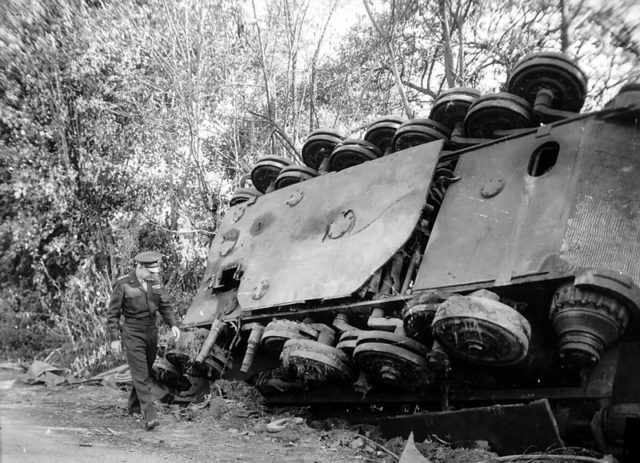
The area in which the Germans were encircled resembled a dug-up graveyard ― remains of the battle were everywhere. A number of corpses were threatening to spread all sorts of diseases, and the area was thus proclaimed an “unhealthy zone.” Allied pilots who flew above Falaise several times reported that the staunch was horrible and that they could sense the smell of rotting corpses hundreds of feet above it. General Eisenhower stated after the battle:
“The battlefield at Falaise was unquestionably one of the greatest “killing fields” of any of the war areas. Forty-eight hours after the closing of the gap I was conducted through it on foot, to encounter scenes that could be described only by Dante. It was literally possible to walk for hundreds of yards at a time, stepping on nothing but dead and decaying flesh.”
10. Aftermath
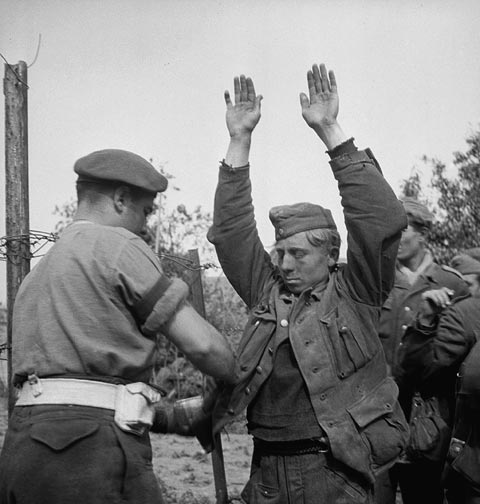
The decision of Omar Bradley to withdraw troops from Argentan and Alencon which were previously captured remained controversial until he finally gave an explanation, which most historians deemed justifying:
“Although Patton might have spun a line across the narrow neck, I doubted his ability to hold it. Nineteen German divisions were now stampeding to escape the trap. Meanwhile, with four divisions George was already blocking three principal escape routes through Alencon, Sees, and Argentan. Had he stretched that line to include Falaise, he would have extended his roadblock a distance of 40 miles (64 km). The enemy could not only have broken through, but he might have trampled Patton’s position in the onrush. I much preferred a solid shoulder at Argentan to the possibility of a broken neck at Falaise.”
Patton’s claim that the American forces could’ve stopped a large number of German troops from escaping the encirclement was, on the other hand, deemed as “absurd over-simplification.”
The Battle of Falaise Pocket left more than 10,000 German soldiers dead or wounded, while more than 50,000 fell into captivity. Over 500 tanks, assault guns, and artillery pieces were either destroyed or captured. These figures vary, for it proved to be hard to determine the exact number of casualties and prisoners. The battle was a huge blow for the Germans as it was obvious that the war was coming to its bitter end. The Allies also lost more than 10,000 men, but their morale was high as they were welcomed by the French people as liberators who ended the four-year occupation.
